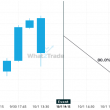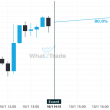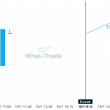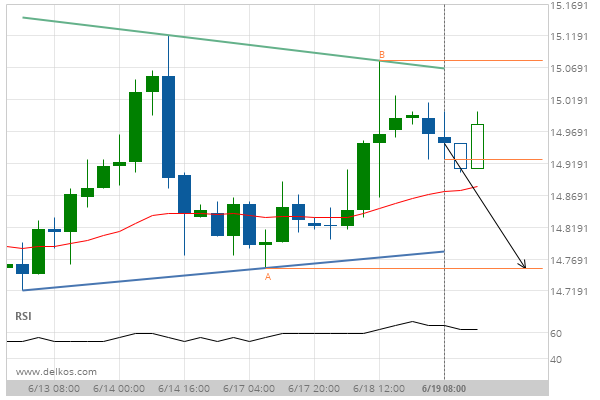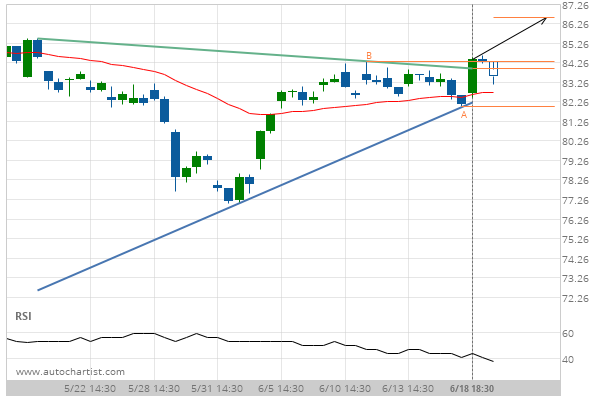Trading textbooks are filled with methods and techniques to reduce the tension you feel when trading. Suggestions range from the most common, i.e. starting with small amounts and low leverage to instilling a disciplined strategy. If you’ve just started your trading adventure then this is exactly what you need.
But perhaps you’ve got a different story. Maybe you’re already a successful trader, having implemented all those discipline-while-trading tips. Suddenly, out of nowhere, you get the jitters, just as you did as a rookie.
There is hardly anything more discouraging. Could it be you no longer have what it takes? You just can’t shake that feeling that perhaps you should stop trading before it gets worse.
But that’s exactly what you shouldn’t do. You want to become a better trader, a real pro, don’t you? Well, overcoming your jitters, just as you did in your early trading days, is the key.
How can you overcome a clear cut case of the jitters? It may surprise you but implementing a few simple tips can make all the difference. In this article, we’ll focus on two key reasons why an experienced trader gets nervous and the tips to overcome it.
Trading With Big Money and Staying Cool
Often, when we significantly raise the amounts we risk per trade we start getting more and more nervous. Say that all along, you’ve acted prudently. You’ve raised the amount you risk slowly and steadily and successfully managed to keep your cool.
Your plan is to make significantly life-changing profits from trading. Now, the amounts you risk are more considerable and that’s started to make you nervous. Eventually, each and every trade becomes a nerve-wracking event. You’re thinking about reverting back to small amounts. But what you’ll gain from your fears is just peanuts, comparatively, not “real” money.
So why have you suddenly turned nervous when you raised the stakes? It’s simple, really. Your subconscious tells you that this is big money. And, of course, big money decisions shouldn’t be taken lightly. When you trade, you get the feeling you’re making decisions too quickly.
Unfortunately, your brain is wired in a way that doesn’t let you concentrate when you’re nervous. When you’re nervous, your brain is primed to take action, not think.
A tip for trading big money:
Let me ask you a question. How often have you lost your keys when you’re in a rush to get out the door? You frantically, yet futilely, search high and low. It’s only when you’ve calmed down and thought about them that you’re finally able to find them.
Now, if you had left your keys in a regular spot, you can always find them. Even when you’re nervous or in a hurry your keys will always be exactly where you left them. That’s exactly where the solution to trading lays.
You simply have to break down all of your trading strategy to very simple actions. For instance, if A equals B, then you have to do C. Everything has to become a habit, a routine, if you will; just like the keys you always put in the same place.
This essentially eliminates the need for you to think when you’re nervous. It won’t allow your fear of bigger amounts to interfere with your rational trading decisions. Eventually, over time, as you stick to simple actions and a no-thinking strategy, you can begin trusting yourself again. The nervousness will go away. Now, you can trade big money with calm and confidence. You’re on your way to becoming a more professional trader.
Here is a really simple example of how one could do that. Below you see an hypothetical trade that has an entry signal and a day after an exit signal. Those signals are programmed, as if they were conditions in an Excel spreadsheet. In real time, the trader doesn’t need to think or analyze.
He just fills in the values and gets the outputs: entry, exit, raise, stop loss, close position, lower leverage, etc.
Nothing is left to chance. The trader can be nervous or calm; regardless, his performance will be undisturbed.


Your strategy stopped working:
Your strategy, which had been lucrative and successful, is suddenly losing money. Has it stopped working altogether? Or is it a transitory problem? You thought you had something solid but now you believe you don’t. You can’t figure it out and you become nervous as times goes by.
Want a tip for fixing a faulty trading strategy?
The key here is to investigate. Don’t simply conclude that your strategy isn’t working before you’re absolutely certain. Determine the why first instead of getting frustrated and nervous.
The first thing to check is the execution. For example, have you changed your broker? Are the execution levels, commissions and fees the same? A change in the spread or slippage can go a long way toward sabotaging a strategy.
The second thing to check is whether market conditions have changed. Bear in mind that a small adjustment can often make a big difference. The reality is the answer might be right under your nose.
The Bottom Line
These tips are aimed at prudent traders who’ve reached a point where their trading results are impacting their financials. Both problems revolve around one clear truth. When you trade and you’re nervous it’s because something isn’t working or not working well. The solution is clear as well; isolate the problem, solve it, keep calm and trade on.

